Collecting 20th Century New Orleans Coinage
New Orleans was a vitally important center for commercial shipping activity, especially for the export of cotton from the area's plantations and for products coming to the United States.
AS YOU MAY KNOW, the branch mints of the United States served a very important purpose, which was to ensure that different parts of the country had sufficient coinage for their commercial uses. The site of the first gold rush in the United States was in North Carolina in 1799. By the early 1830s, another gold rush in North Carolina was in full swing with many miners flocking there, hoping to strike it rich. Later in the 1830s, gold was discovered in nearby Georgia and many opportunists gathered there.
The United States Mint responded to these discoveries by establishing and building branch mint facilities in Charlotte, North Carolina and Dahlonega, Georgia. This allowed for the gold dust and gold nuggets to be assayed and converted into gold coinage much more quickly without having to ship the raw material all the way to Philadelphia and back again. Additionally, these branch mints would help to alleviate the coin shortage crisis. Dahlonega and Charlotte, however, didn’t help much with the shortage as only gold coins were struck at these mints.
The Mint also determined that it would be very desirable to construct a branch mint facility in New Orleans, because of the city's strategic location along the Mississippi River. New Orleans was a vitally important center for commercial shipping activity, especially for the export of cotton from the area's plantations and for products coming to the United States, especially from Mexico and Central and South America. New Orleans was the fifth largest city in the United States at the time and it conducted a significant amount of foreign trade. The mint at New Orleans would go on to strike both gold and silver coins and due to the volume of coins it struck, it was the most important branch mint until the San Francisco Mint became operational.
The original New Orleans Mint building was designed by William Strickland in 1835, who developed a “W” shaped building for greater stability on the shifting clay soil. Strickland had already designed the Philadelphia Mint as well as the branch mints in Dahlonega and Charlotte. The New Orleans mint began operations on March 8, 1838 and struck gold coins due to an early deposit of Mexican gold bullion.
This mint struck a wide variety of U.S. coins prior to the Civil War (1838 to 1861) and after Reconstruction (1879 to 1909). During its lifetime, the New Orleans Mint struck the following denominations:
|
· Quarters |
· $3 Gold Coins |
|
· Half Dollars |
· $5 Gold Coins |
|
· Silver Dollars |
· $10 Gold Coins |
|
· $2.50 Gold Coins |
· $20 Gold Coins |
During its entire existence, the Mint struck 427 million coins with a face Value of $307 million dollars.
The mint was very busy from when it was opened in 1838 and that pace continued until the outbreak of the Civil War in 1861. On January 26, 1861, the State of Louisiana seceded from the Union, as a number of other states were contemplating doing. Interestingly, the Secession Convention met in New Orleans, and they issued and passed an ordinance that the Federal employees who worked at the New Orleans mint could remain at their posts—but they were no longer Federal employees. They were now employees of the State of Louisiana. But as a benefit to Louisiana, not only did they now operate the New Orleans Mint, they also laid claim to the $483,983 in gold and silver coins that were in the Mint’s vault at the time of Secession.
In March of 1861, Louisiana went ahead and ratified the Constitution of the Confederate States of America. That meant that these mint employees were no longer employees of the State of Louisiana. They were now employees of the Confederate States of America. In less than 3 months’ time, the mint workers went from being employed by the Federal Government to the State of Louisiana to the Confederate States of America.
While running the New Orleans Mint, these new Confederate employees struck 962,633 1861-O United States Liberty Seated half dollars. The CSA coins are identifiable in that they bear a bisected die crack at the date and those displaying a “speared olive bud” on the reverse are also directly attributable to the new Confederate mint employees. They also struck a Confederate version of the 1861-O half dollar using a Confederate reverse die, but the quantity struck is actually still unknown but only four original specimens are known to exist today.
The minting exploits abruptly ended in April of 1861 when the supply of silver bullion was exhausted but the staff remained on duty, with little to do, until May 31, 1861.
While both sides of the Civil War held possession of the Mint at different times, after the war had ended, the building was not generally used until 1876, when the facility was used as an assay office. Then three years later in 1879, the equipment was repaired or replaced, and the building saw service for the next 30 years as a Mint once again.
The Mint served a variety of uses after the mint was closed for the second time—a Coast Guard storage facility, a fallout shelter during the Cold War, and now a museum.
Many coin collectors like having New Orleans Mint coins in their collections as the coins are a link to our history and a link to one of the most troubled periods in American history—the Civil War.
The coins struck at the New Orleans Mint can sometimes come weakly struck with many of the details not fully struck up, so be patient and look for those coins that have strong details and good luster. Your patience can be rewarded by your persistence.
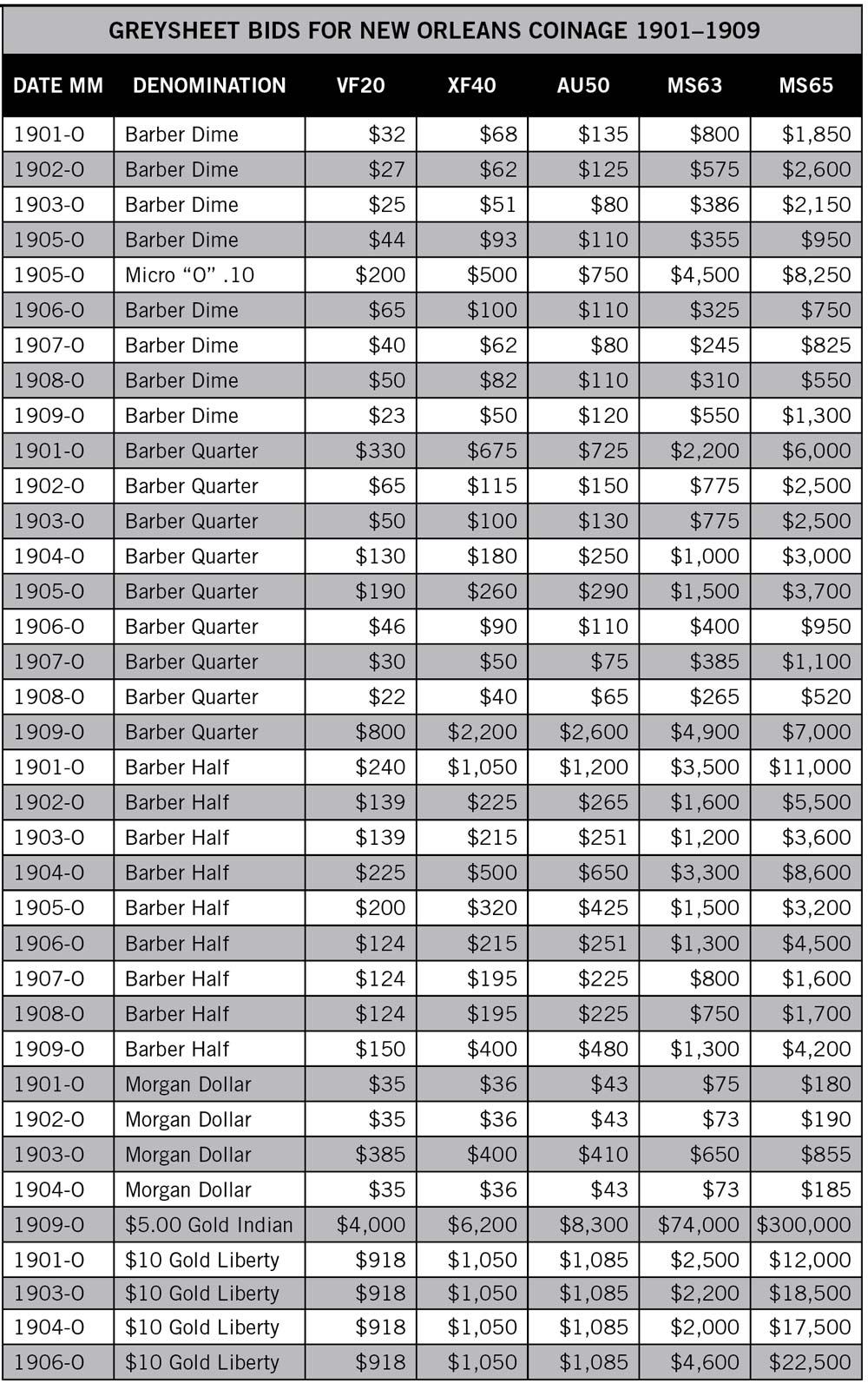
Sample New Orleans Coinage Prices as of the October 2022 Monthly Greysheet
A complete New Orleans Mint coin collection of all coins struck between
1839 and 1909 would be quite an undertaking as the variety of coins
struck—Half Dimes through Gold Double Eagles—is enormous and there are some
very expensive coins in that collection, such as the 1861 Confederate half
dollar, of which there are only four known specimens. The Stacks auction
specimen sold for nearly $650,000 in 2015. The 1861-O Liberty Head double
eagle, with a mintage of 17,741 coins will set you back at least $25,000 in
the lowest grade available, if you can find one.
A more reasonable undertaking would be to collect all New Orleans Mint coins struck during the 20th Century. This collection would be comprised of only 36 coins broken down as follows: nine Barber dimes, nine Barber quarters, nine Barber half dollars, four Morgan silver dollars, one Indian Head half eagle, and four Liberty Head eagles.
The most expensive coin of the Barber dimes is also the solo variety coin—the 1905-O Micro “O” Barber dime. This variety is the only 20th Century Barber dime that will cost you over $10,000 in MS65 grade. But it is certainly not a stopper for even a moderately advanced collector or if it is found in lower grades.
The 1909-O Barber quarter is one of the tougher dates in the series, with a total mintage of only 712,000 coins, and will cost close to $1,000 even in well worn, Very Fine condition. In higher grades it goes up exponentially.
The nine Barber half dollars in this collection are not particularly rare, but the scarcest one of the group would be the 1901-O. With a total reported mintage of 1,124,000, it is on the low end, but still over one million coins struck.

Various coins struck at the New Orleans Mint
Of the four Morgan silver dollars that comprise this set, three are very common while one is just scarce. But mintages do not tell the whole story. The 1903-O Morgan dollar is, by far, the most expensive of this quartet, and it has a mintage of 4,450,000 coins. But the 1904-O Morgan has a mintage of 3,720,000 but it is as common as they come. Why is that? It is because the 1904-O coins never circulated and left the mint. This was thought of as a scarcer coin until bags and bags of them were found in the U.S. Treasury.
There is one lone New Orleans minted Indian Head half eagle. This coin had a scant mintage of only 34,200 coins originally struck. It is very scarce in all grades. In AU, expect to be over $10,000. In Mint State, it’s “you could buy a Tesla instead” money, and in MS65, you can buy this coin or a decent house in many areas of the country.
There are four Liberty Head eagles struck in the 20th Century by the New Orleans Mint: 1901-O, 1903-O, 1904-O, and 1906-O. They are all valued similarly in lower grades, but there is a difference at the MS65 grade level. The most expensive date in MS65 is the 1906-O coin. This coin has a wholesale Bid in MS65 at $22,500 if you could possibly find one. With a mintage of 86,895 coins, it is seldom encountered in that lofty state of preservation.
I hope that this feature gives you some ideas of other “shorter” sets of great American coins that you can collect and enjoy. This is your hobby—enjoy it!
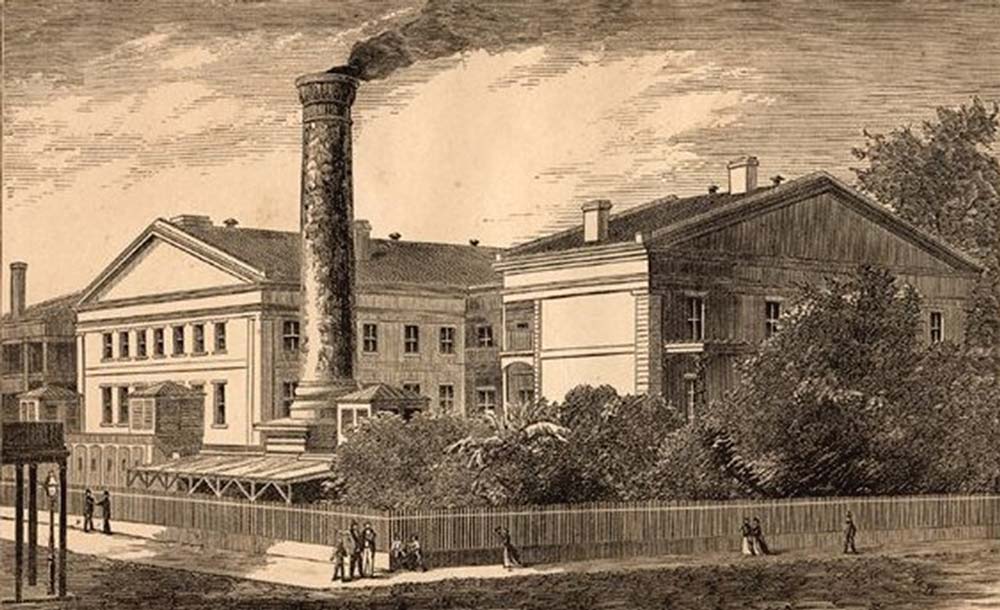
United States Mint building, New Orleans, Louisiana in 1873

Download the Greysheet app for access to pricing, news, events and your subscriptions.
Subscribe Now.

Subscribe to The Greysheet for the industry's most respected pricing and to read more articles just like this.
Author: Michael Garofalo


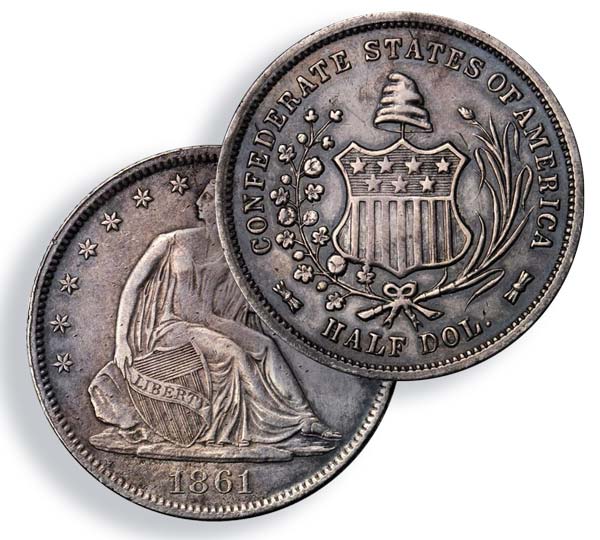






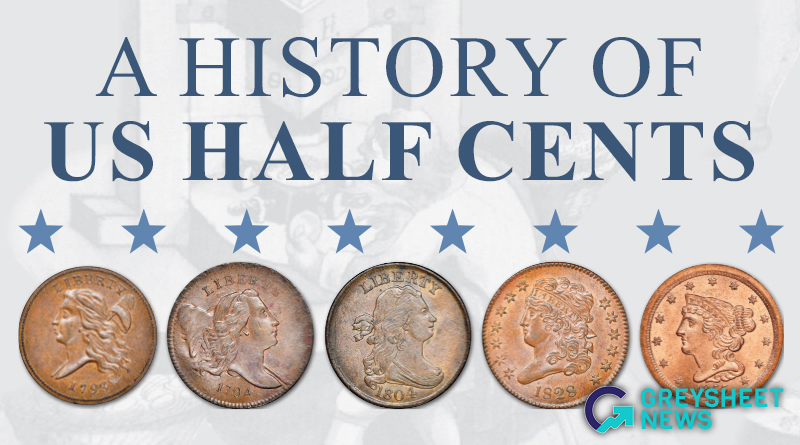
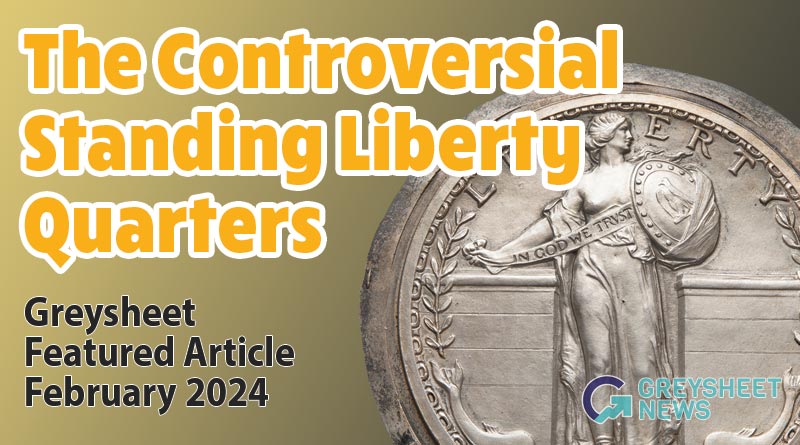
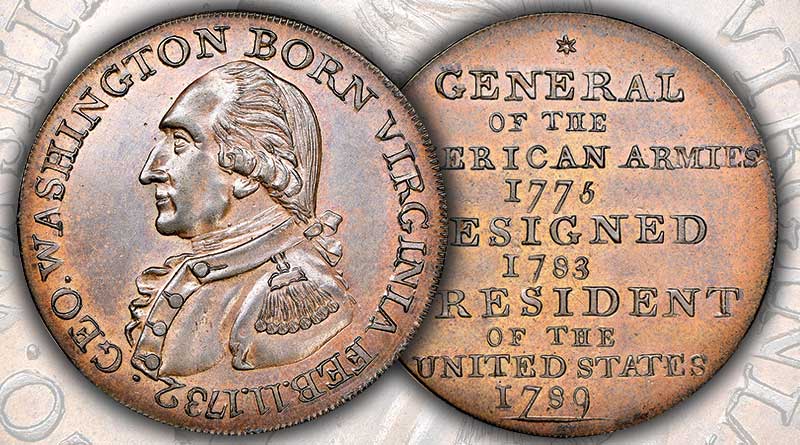
Please sign in or register to leave a comment.
Your identity will be restricted to first name/last initial, or a user ID you create.
Comment
Comments